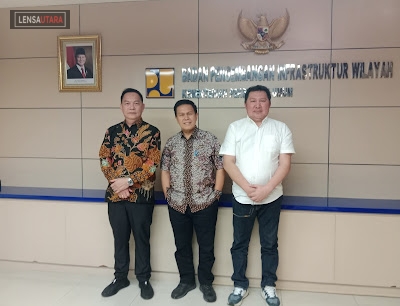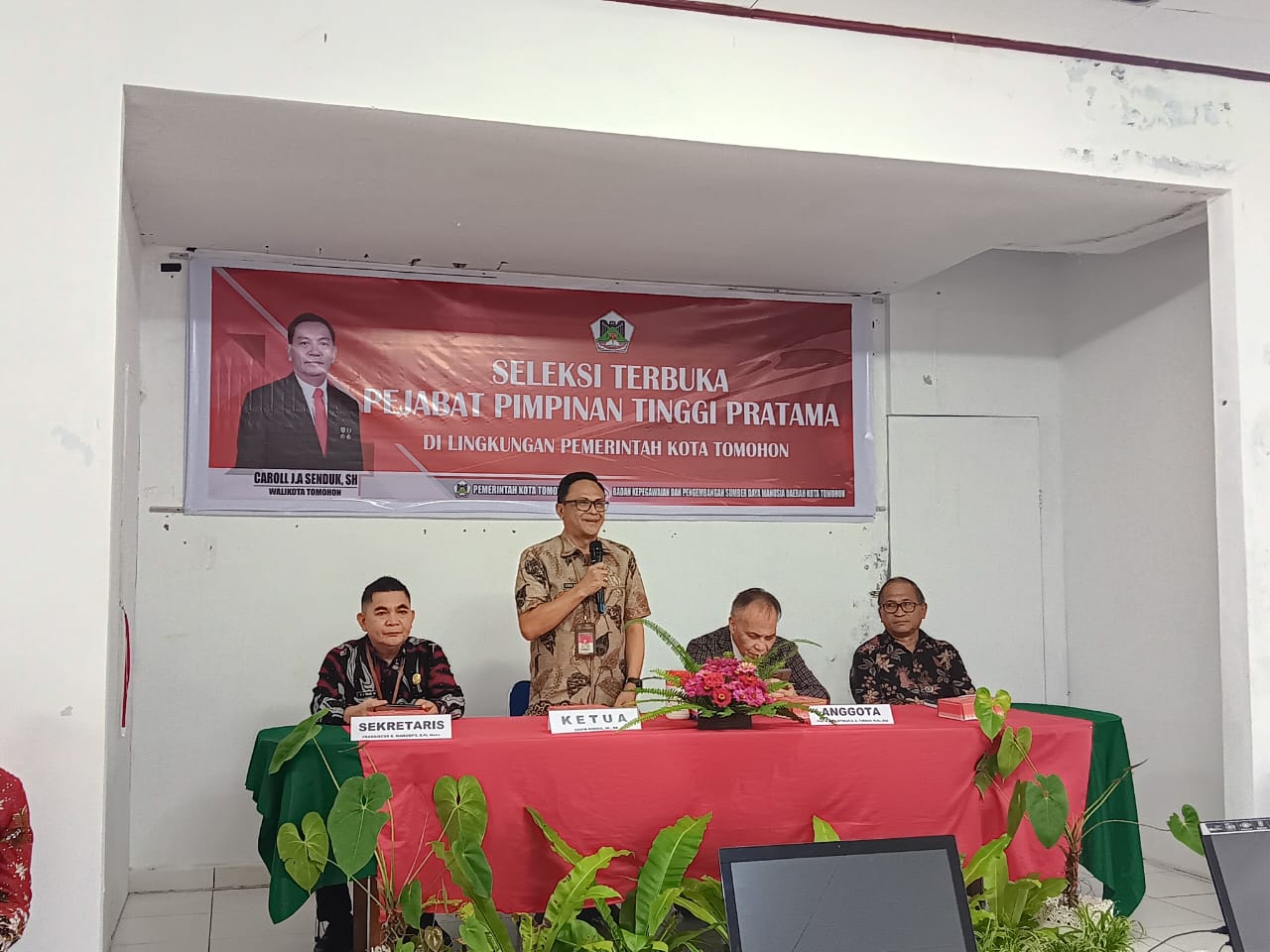In the rapidly evolving landscape of mobile applications, App Clips have emerged as a transformative feature, enabling users to engage with specific functionalities swiftly without downloading full apps. As these lightweight interactions become commonplace, a paramount concern surfaces: how can developers ensure user privacy while delivering seamless experiences? This article explores the core principles, technical mechanisms, and best practices that underpin privacy preservation in App Clips, illustrating how modern development aligns with user trust and regulatory requirements.
Table of Contents
- Introduction to App Clips and User Privacy
- Core Principles of Privacy in Modern App Design
- Technical Mechanisms Ensuring Privacy in App Clips
- User Control and Consent in App Clips
- Examples of Privacy-Preserving App Clip Implementations
- Challenges and Limitations of Privacy in App Clips
- Regulatory and Ethical Considerations
- Best Practices for Developers to Respect User Privacy
- Future Trends in Privacy and App Clips
- Conclusion: Building Trust through Privacy
1. Introduction to App Clips and User Privacy
App Clips are a modern innovation in mobile ecosystems, designed to offer users quick, contextual access to app features without the need for full app downloads. They are triggered by QR codes, NFC tags, or links, providing streamlined interactions such as ordering food, paying for services, or previewing content. As these interactions are often transient and lightweight, they raise unique privacy considerations.
Protecting user privacy in such rapid exchanges is vital, especially given increasing regulatory scrutiny and user expectations for transparency. The design of App Clips inherently aligns with privacy principles by limiting data collection and emphasizing user control, yet developers must implement technical safeguards to uphold trust.
2. Core Principles of Privacy in Modern App Design
Effective privacy preservation hinges on fundamental principles that guide responsible development:
- Data minimization: Collect only the information strictly necessary for the task. For example, a quick purchase preview App Clip might request only payment confirmation, avoiding access to location or contacts unless absolutely needed.
- User consent and transparency: Clearly inform users about what data is collected and how it will be used, obtaining explicit permission where applicable.
- Secure data handling: Employ encryption and secure storage practices to prevent unauthorized access or leaks, even during brief interactions.
3. Technical Mechanisms Ensuring Privacy in App Clips
Modern operating systems provide developers with technical tools that bolster privacy during App Clip execution:
| Mechanism | Description |
|---|---|
| Sandbox Environments | App Clips run in isolated environments, preventing access to unrelated data or processes. |
| Limited Permissions Model | Permissions are requested at runtime, with users able to grant or deny specific access. |
| Anonymized Data Usage | Analytics often rely on aggregated or anonymized data to prevent user identification. |
4. User Control and Consent in App Clips
An essential aspect of privacy is empowering users to control their data:
- Initiation and opt-in: Users activate App Clips intentionally, often via QR codes or NFC, inherently indicating consent.
- Permission management: During activation, users are prompted to grant access to location, camera, or contacts, with clear explanations provided.
- Post-interaction controls: Users can review, revoke, or delete shared data at any time, fostering ongoing trust.
5. Examples of Privacy-Preserving App Clip Implementations
Practical examples illustrate how privacy principles are applied:
- Google Play Store app preview: When offering a quick purchase preview via an App Clip, user data such as payment info is only requested after explicit consent, and minimal data is shared until then.
- Monument Valley’s demo mode: The game provides a limited gameplay experience without collecting personal data, respecting user privacy even during transient interactions.
- Platform-specific features: Both iOS and Android have introduced privacy controls like app permissions dashboards, enhancing user trust during App Clip engagements. Integrating such features aligns with best practices.
For a deeper understanding of privacy integration in modern apps, visit parrot talk version 1.5.
6. Challenges and Limitations of Privacy in App Clips
Despite advancements, developers face specific challenges:
- Balancing lightweight features with security: Limited time and resources may tempt developers to bypass thorough privacy safeguards, risking data exposure.
- Data leakage risks: Quick interactions might inadvertently collect or transmit more data than intended, especially if third-party SDKs are involved.
- Technical constraints: Hardware limitations or OS restrictions can impede comprehensive privacy enforcement, requiring innovative solutions.
7. Regulatory and Ethical Considerations
Compliance is critical. Developers must ensure App Clips adhere to laws such as:
- GDPR: Enforces transparency and user rights regarding data processing in the European Union.
- CCPA: Grants California residents rights to access and delete personal data.
Ethically, developers bear responsibility not only to comply but to foster trust by protecting user privacy, especially given the transient nature of App Clips.
8. Best Practices for Developers to Respect User Privacy with App Clips
To uphold privacy standards, developers should:
- Design minimal data workflows: Only request essential information, avoiding unnecessary data collection.
- Ensure transparency: Clearly communicate data practices through privacy policies accessible during and after interaction.
- Conduct regular security audits: Continuously review and update security measures to address emerging threats.
9. Future Trends in Privacy and App Clips
The evolution of privacy in transient app experiences is promising:
- Privacy-preserving technologies: Techniques like differential privacy and federated learning will enable analytics without compromising individual data.
- Platform standards: Operating systems will increasingly enforce stricter privacy controls for App Clips.
- Artificial intelligence: AI can assist in dynamic privacy management, identifying potential risks during interactions and recommending safeguards.
10. Conclusion: Building Trust through Privacy in Modern App Experiences
As mobile interactions become more fleeting yet integral, prioritizing privacy is essential for fostering user trust and ensuring sustainable engagement. Developers must embrace responsible design, leveraging technical safeguards and transparent policies. The continuous evolution of privacy standards, supported by advancements like those seen in platforms such as parrot talk version 1.5, underscores the importance of staying informed and proactive in this domain.

